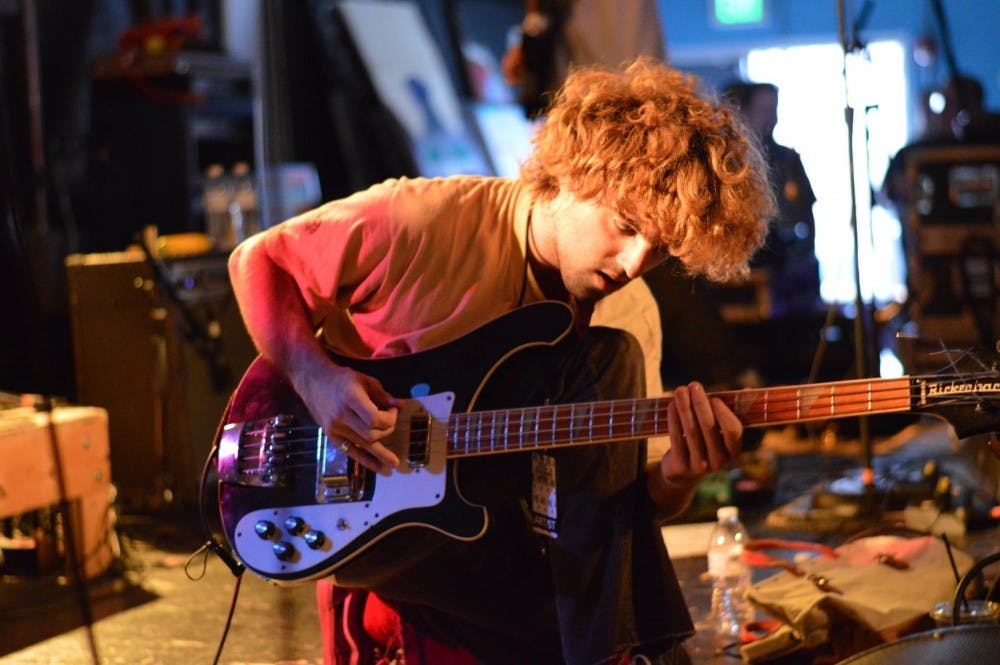“No one listens to the radio anymore” and “you should get into podcasting instead” are standard reactions I receive when telling anybody I’ve been heavily involved with my local independent stations throughout high school and college.
Despite the concerns of dedicating a large amount of time on a medium perceived as obsolete, my reasoning for staying involved with college radio station goes beyond personal enjoyment.
Apart from valuable broadcasting experience for student DJs, college radio serves as the ultimate outlet for discovering and engaging with both local and up-and-coming artists who produce a sound outside commercial radio conventions.
College radio thrives as a testing ground for new sounds and talent that are taken seriously by observing record labels, and it is an honor as a college radio DJ to have input. Major labels take what is charting highly at college stations as indicators of who could potentially gain mainstream success.
This is no surprise to those familiar with the rise of grunge acts from college rotation to the mainstream in the ‘90s, but it is evident college radio input still shapes the success of up-and-coming artists. In an age where traditional radio listenership has declined nationwide in the advent of technologies which provide customizable listening experiences, college radio still serves a purpose.
Take WIUX, IU’s college radio station, which has featured several artists in its programming before they reached a mainstream audience. Indie slacker rocker Mac DeMarco, Grammy Award-winning rock band The War On Drugs and reflective musings from Chicago rapper Noname were all broadcast on WIUX’s airwaves.
These artists later secured widespread critical acclaim, sold out headlining shows and late-night talk show performances. In fact, all three of these artists headlined WIUX’s annual Culture Shock music festival before moving onto larger festival billings including Pitchfork, Coachella and Lollapalooza.
The effect college radio has on supporting Bloomington’s locally produced music is also apparent, even if a song is only featured on one station's lineup.
IU sophomore and local musician Katie O’Neill, who performs under the moniker ktfaithful, said her recent success came when her music was picked up by WIUX last fall.
“Being a part of the college radio scene has helped get my name out so much faster than any platform I’ve been on,” O’Neill said. “I was grateful that I was put on the rotation because it is a great way for artists like me to gain exposure”.
When O’Neill’s alternative pop single “In My Head” charted at number fifteen on WIUX’s top thirty reported to the North American College Community in early February, the single’s total streams skyrocketed on Spotify. Within a month of the single’s release, it had gained over 20,000 listens.
In the current mainstream music soundscape, there is little variability in lyrical themes and messages in addition to inequivalent exposure for underrepresented artists and genres.
However, college radio stations continue offer a refreshing alternative. Unlike commercial radio, DJs have full control over what is played during their hour. Local artists have the potential of landing onto a DJs playlists, when getting airplay at a commercial station isn’t a possibility.






